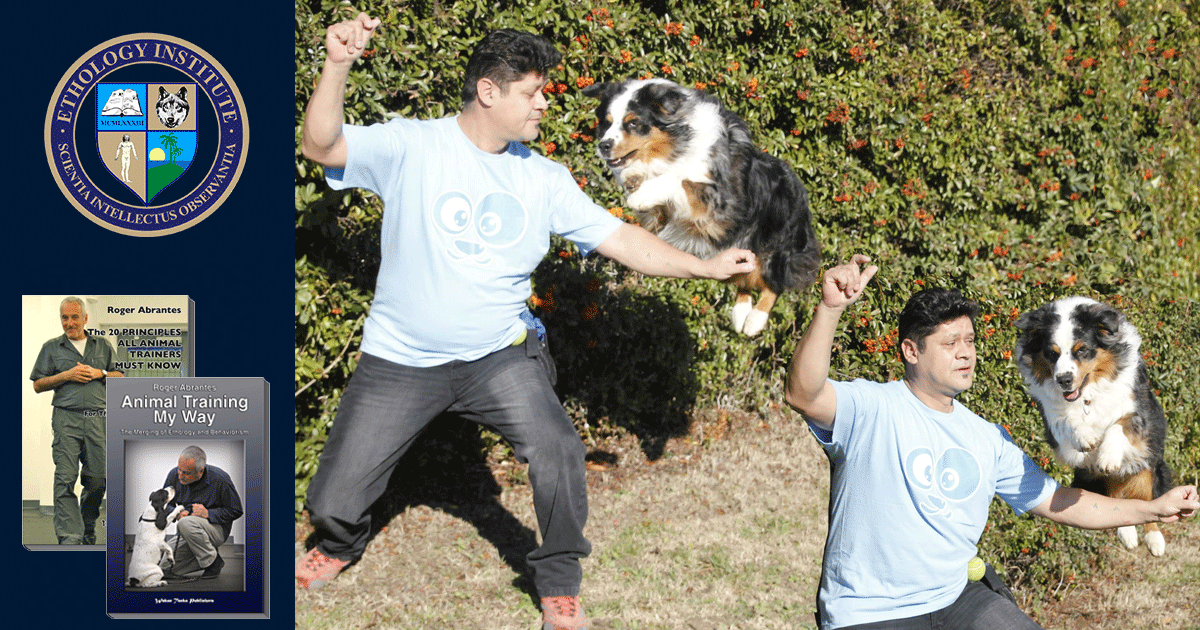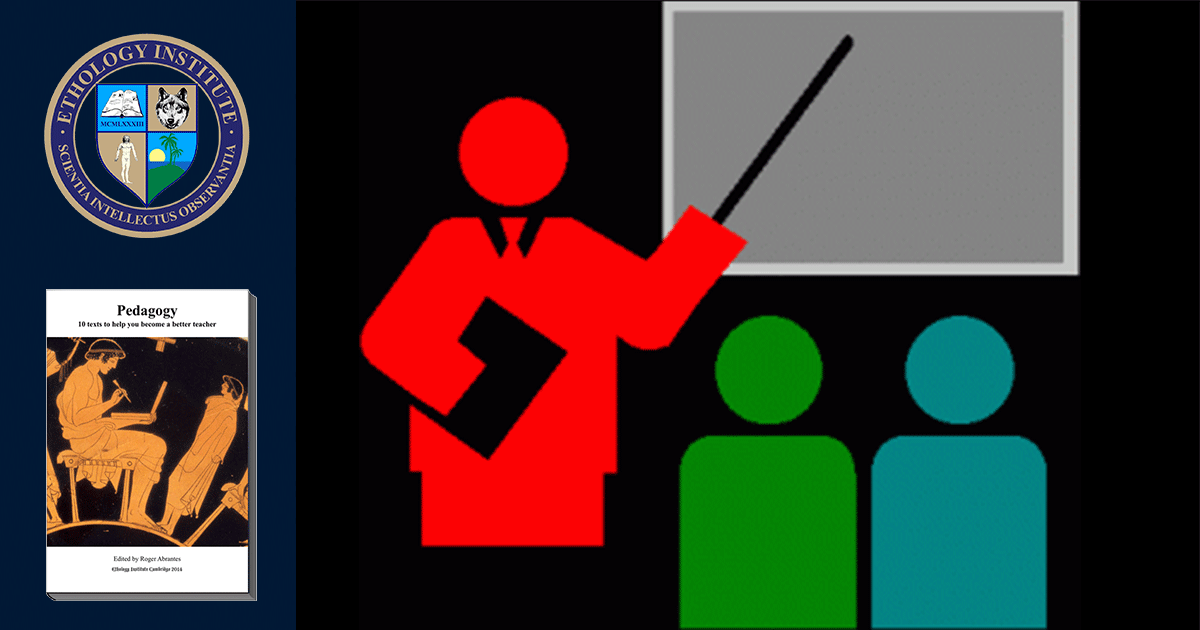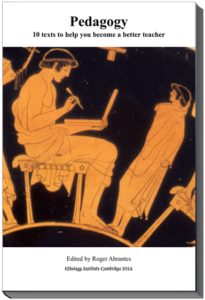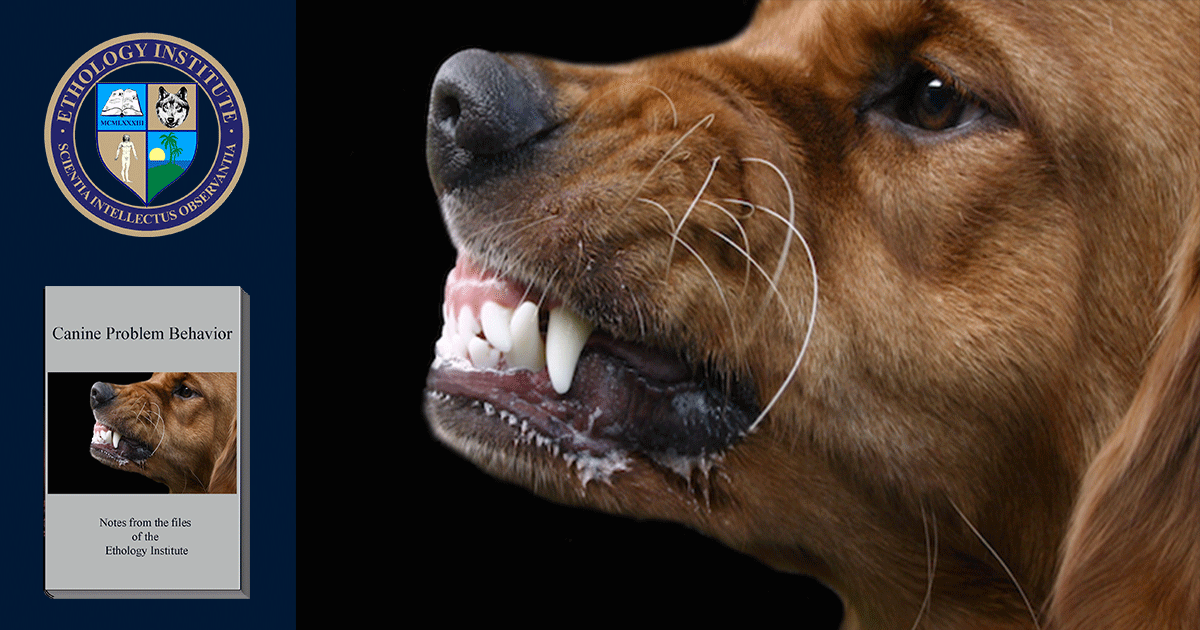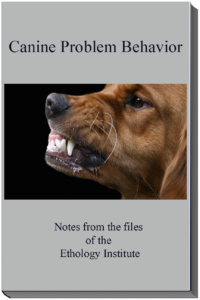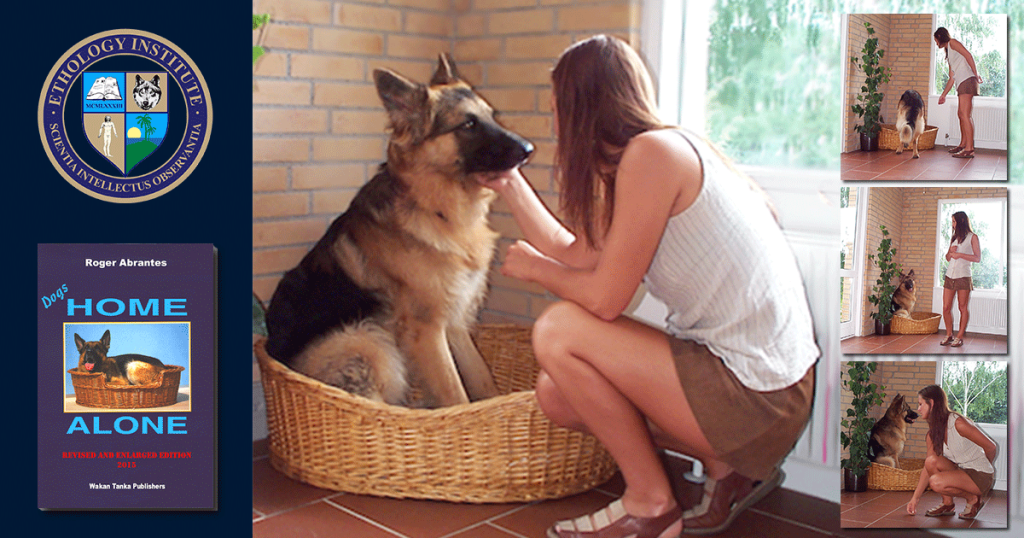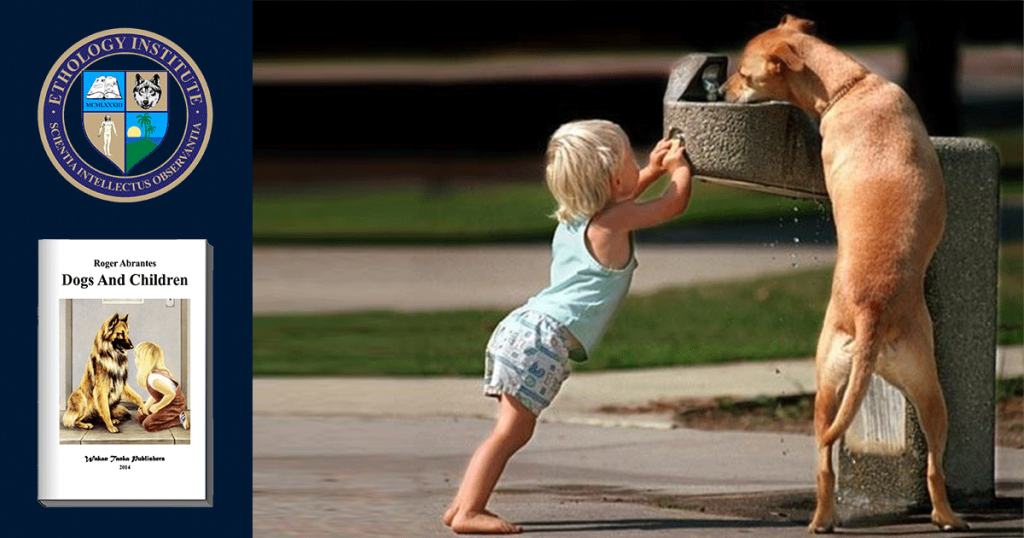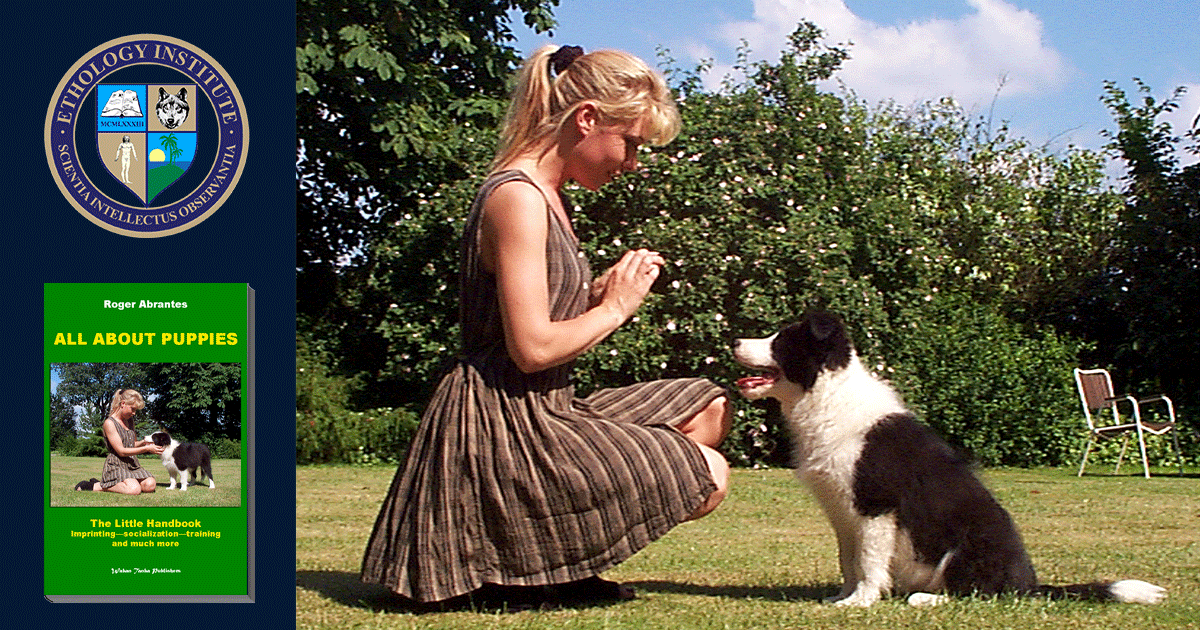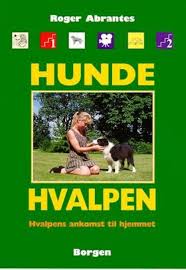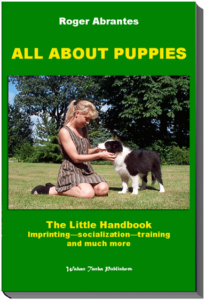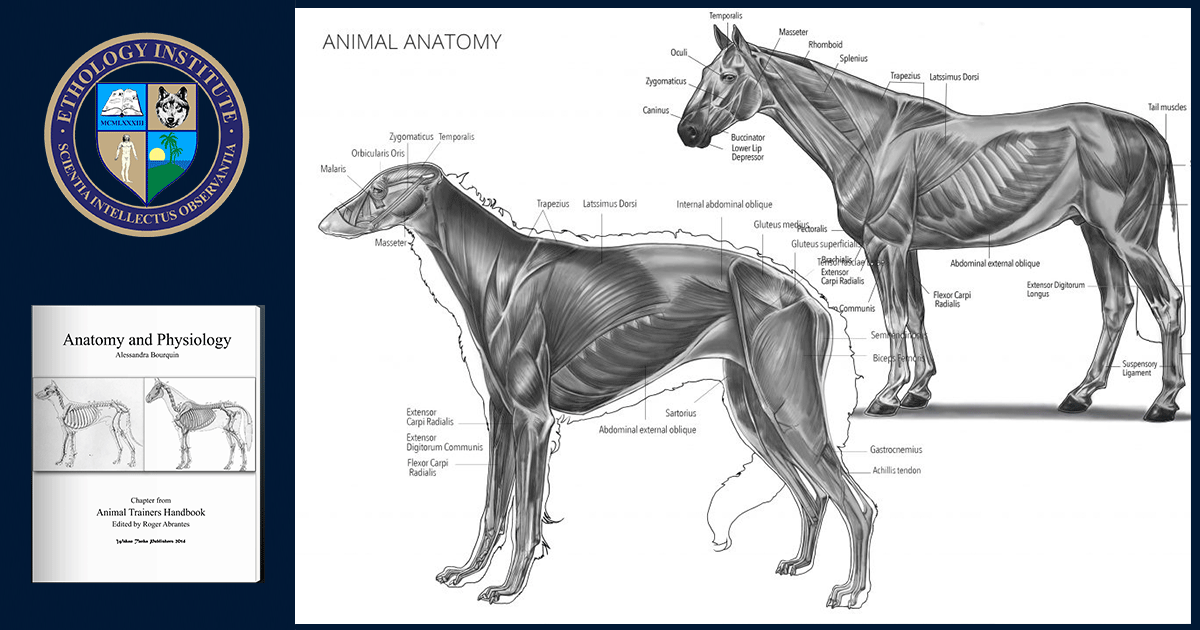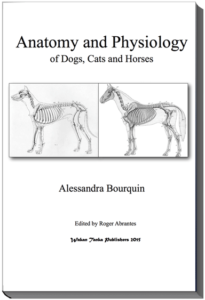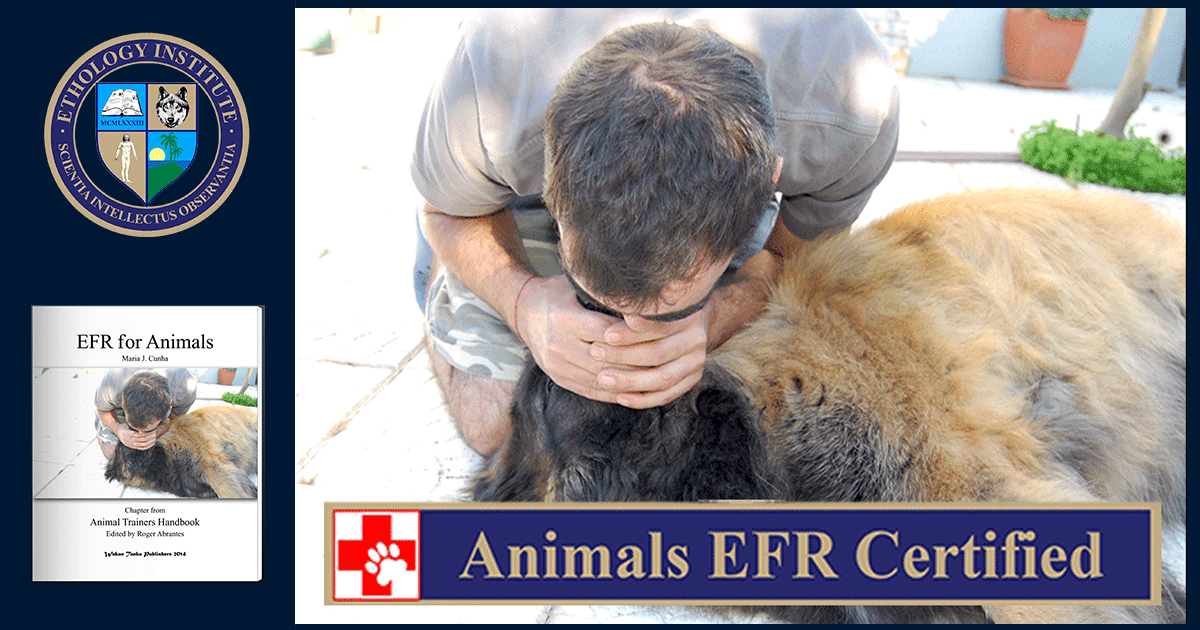Course Information
A Proficiency Verification is a session where you demonstrate that you have the necessary practical proficiency in handling an animal. Proficiency Verifications are not exams or obedience contests. At the EI, we do not care for exams and grades, and we do not deal with obedience. We are interested in good communication skills and the appropriate use of learning theory, so we show the animals we train, the respect we believe they deserve.
Theory and Practice Hand in Hand
You need theoretical knowledge and practical experience to be a good dog trainer. Once you have read and understood the theory, you begin training your dog. Ideally, you should start the training after having taken the first three courses, “Evolution,” “Animal Training My Way” and “The 20 Principles All Animal Trainers Must know.” If you are an experienced trainer, you will probably take this proficiency verification without problems and without too much preparation time. It’s not a difficult proficiency verification per se, but note that we require simplicity, precision, and kindness. To combine all three—we know from experience—is what our students find the most challenging.
Science and Ethics
We base our approach to animal training on science applied with thoughtfulness. We require precision for it leads to the best results in the long term. Kindness and leniency (or sloppiness) are different matters. We promote and encourage the former, from ethical and scientific points of view, but not the latter. There are many ways to train any particular skill. You choose the one that best suits you and the animal you train, keeping in mind that whichever method you select, it must conform to sound science and deep respect for all living organisms.
Proficiency Verification Preparatory Course (PVPC)
If you are a beginner, you should maybe attend a PVPC, which we regularly organize in various locations. Watch the Forums page’s sidebar. If you follow a PVPC, your instructor can conduct and approve your proficiency verification, and we will add it to your curriculum.
Video proficiency verification (VPF)
If you have no opportunity to attend a PVPC, you may submit a VPF. Read the instructions to send your VPF in the guidelines for this course and lesson.
The PV is a full one-on-one tutored course. You and your tutor keep in touch via our messaging system and Skype if necessary. You upload your video clips to our cloud for your tutor’s review and comment. Once your tutor is satisfied with your work, you will receive your approved check mark.
Canine Proficiency Verification Part One deals with the skills you and your dog must master; Part Two deals with canine problem behavior where you demonstrate that you can professionally handle a canine problem case and create the correct behavior modification program.
To Ponder
- Kindness and leniency (or sloppiness) are different matters. We promote and encourage the former, from ethical and scientific points of view, but not the latter.
- Our Proficiency Verifications require simplicity, precision, and kindness. To combine all three—we know from experience—is what our students find the most challenging.
Online Studying and Tutoring
Join the course forum where you can read our tutors’ answers to questions previously posed by your colleagues. If you have a new question, do not hesitate in posting it.
The course forum is solely for academic questions. For administrative matters or difficulties accessing the functionality of the site, please submit a ticket.
Keep in touch with your tutor via our messaging system.

